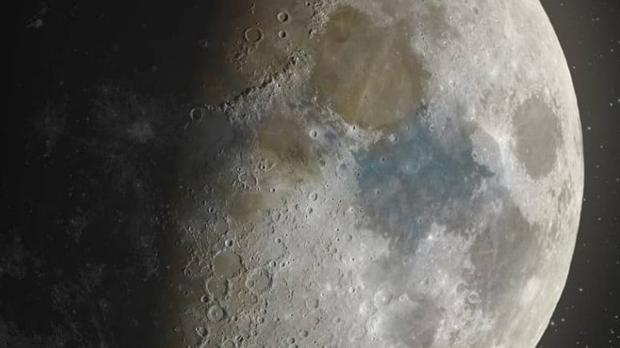
La Luna siempre ha poseído un magnestismo especial, convirtiéndose muchas veces en «musa» de escritores, directores de cine o fotógrafos. Entre estos últimos, el astrofotógrafo Andrew McCarthy ha conseguido «aproximarse» de una manera espectacular. A partir de 100.000 imágenes de detalle tomadas previamente, ha compuesto una fotografía en la que se pueden apreciar las dunas, los cráteres, volcanes, grietas y flujos de lava de nuestro satélite natural. Todo un regalo de Reyes.
Por abc.es
Según él mismo cuenta a través de su cuenta de Instagram, la combinación de las miles de fotos le permitió enfocar la imagen y superar nuestra «atmósfera turbulenta» y revelar la verdadera piel lunar. Además, McCarthy indica: «Los colores que ves son reales, causados por variaciones en la composición del regolito», refiriéndose a que la fina capa de polvo que se encuentra encima de las rocas lunares -la misma que permite que aún sean visibles las pisadas de los astronautas-.
Al comparar con las imágenes tomadas durante el primer viaje humano a la Luna, sin duda se nota que los equipos han ganado en resolución y detalle. Nunca el objeto más grande y brillante en nuestro cielo nocturno se había visto de forma tan nítida.

